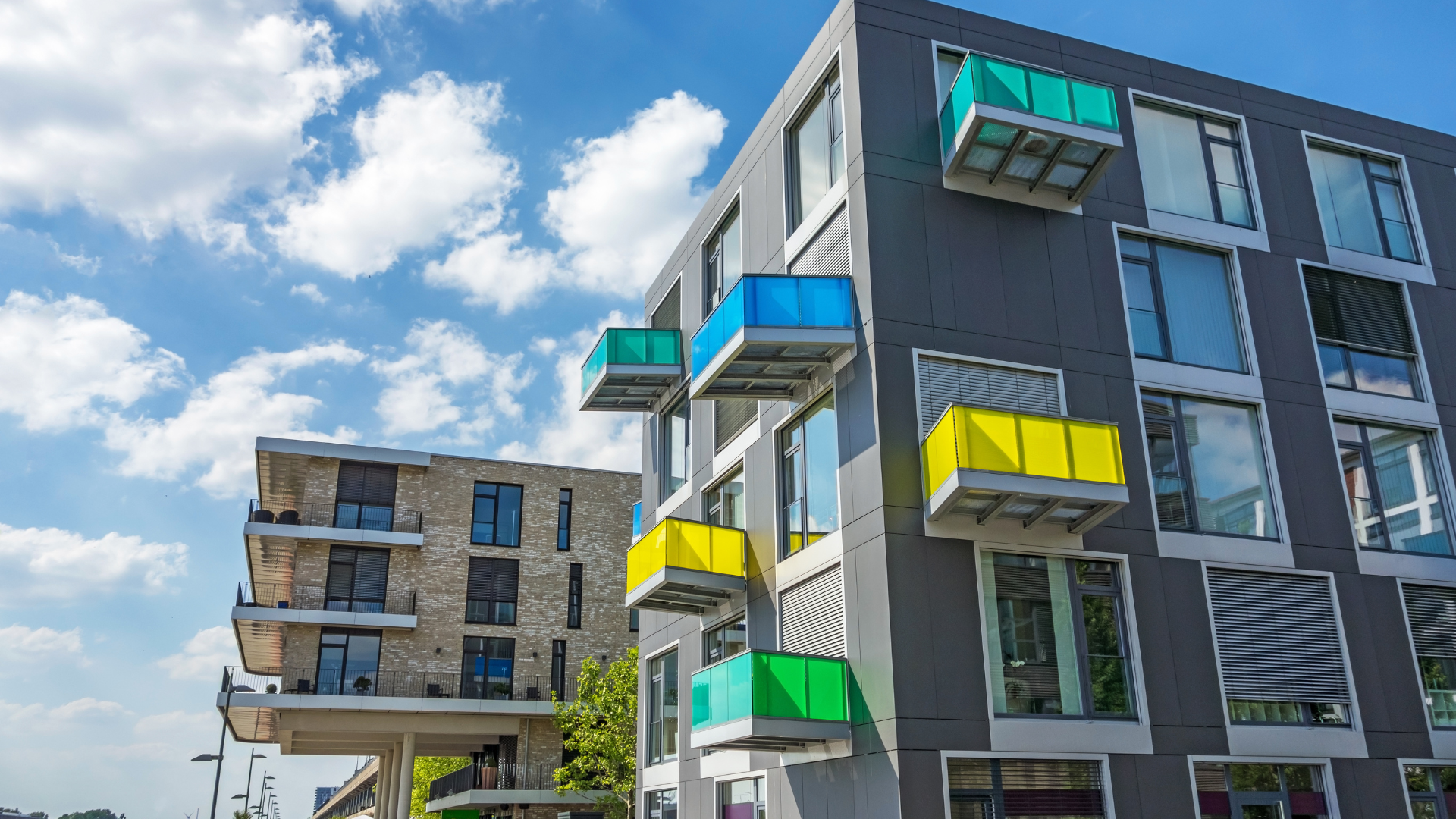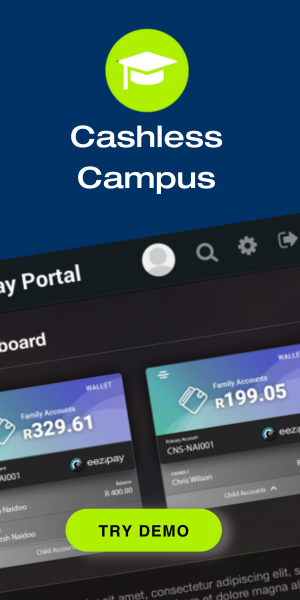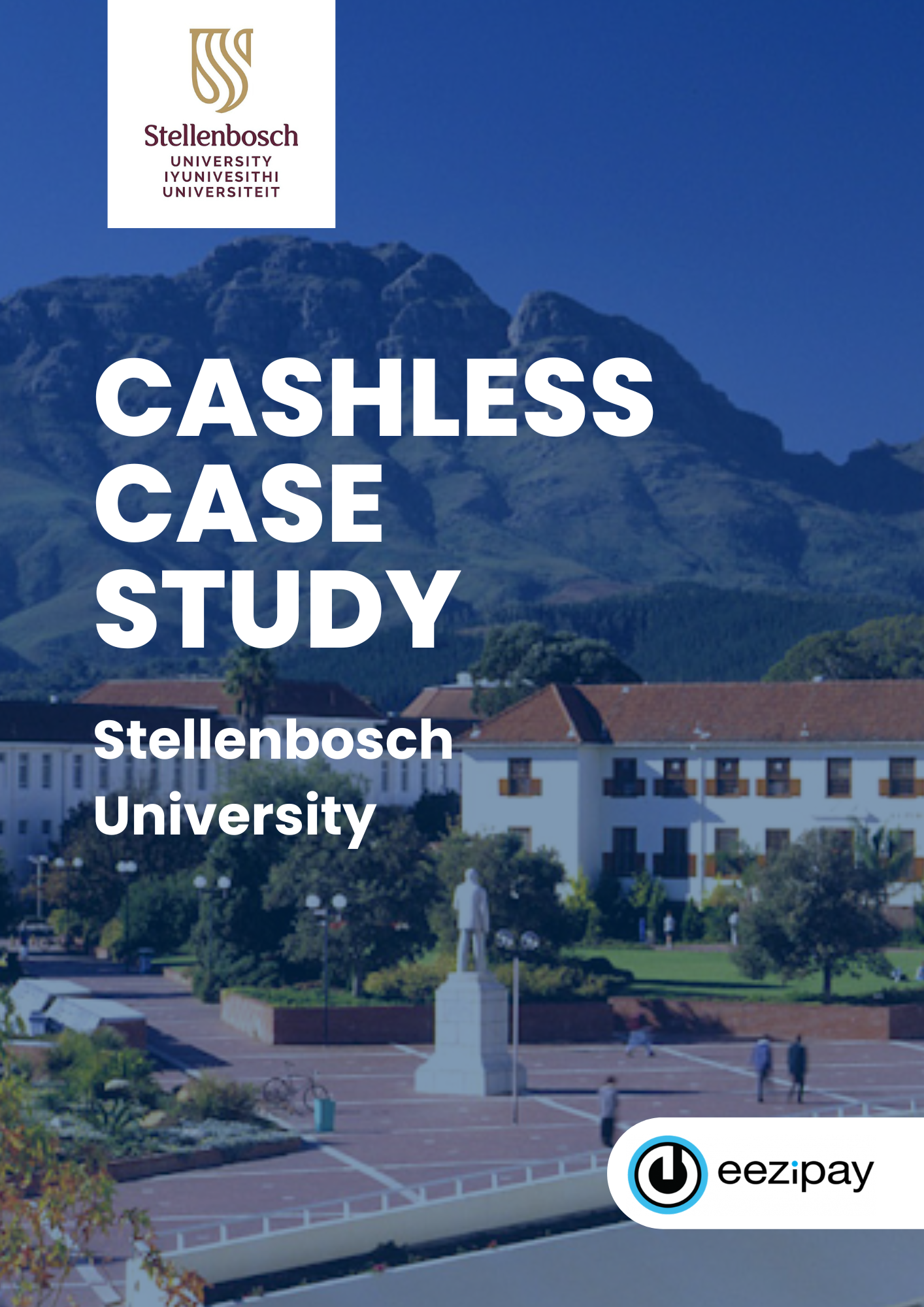Student accommodation in South Africa is entering a defining moment. As enrollments at public universities and private institutions continue to rise, demand for quality and affordable housing near campuses far outstrips the supply. The result is a persistent shortfall of over half a million beds nationwide, creating both pressure and opportunity on universities and private operators. At the same time, 2025 is shaping up to be a pivotal year: affordability challenges are intensifying, technology is reshaping how residences operate, and safety has become a central concern for both students and parents.
For Purpose-Built Student Accommodation (PBSA) providers, residence managers, and universities, staying ahead of these shifts is no longer optional. Students today expect more than just a place to sleep — they seek integrated living environments that are safe, digitally enabled, and responsive to their financial realities. Operators who can balance affordability with modern amenities, embrace digital payment ecosystems, and invest in smart infrastructure will be best positioned to attract and retain residents in an increasingly competitive market.
This blog examines the four key trends that every operator should be aware of in 2025: demand growth, affordability, technology adoption, and evolving safety and security expectations. Together, these insights provide a roadmap for navigating the evolving landscape of student accommodation in South Africa.
Table of Contents
Demand Growth in the Student Accommodation Sector
Rising Enrolments and Urbanisation
The demand for student housing continues to rise as South Africa’s tertiary enrolments grow year on year. National Treasury projects university enrolments to increase from approximately 1.1 million in 2023 to around 1.2 million by 2027. Much of this growth is concentrated in urban centres like Johannesburg, Cape Town, and Pretoria, where campuses attract students from across the country.
As enrolments rise, so too does the need for accommodation close to these campuses. Yet, supply remains severely constrained. The International Finance Corporation (IFC) previously identified a shortfall of more than 500,000 beds in South Africa’s student housing market — a gap that has only widened as student numbers grow. In 2025, the Private Student Housing Association (PSHA) stressed that ongoing shortages of quality beds, combined with policy uncertainty around National Student Financial Aid Scheme (NSFAS) accommodation rates, are intensifying affordability pressures for both students and providers.
The Role of Private PBSA
Universities alone cannot bridge this gap, leading to the rapid growth of PBSA. These professionally managed residences provide structured, often modern accommodation solutions that appeal to both local and international students. For operators, the opportunity is significant: filling unmet demand, establishing long-term contracts with institutions, and offering amenities that distinguish them from informal rental options.
Affordability Challenges and Innovative Models
The Affordability Gap
Affordability remains one of the greatest challenges for many South African students. While NSFAS supports millions through bursaries, in 2025, it also introduced a loan scheme for “missing middle” students (household incomes roughly between R350,000 and R600,000) to extend funding to those who do not qualify for full bursaries. However, delays in disbursements, including payments to accommodation providers, along with administrative and accreditation issues, continue to strain residence cash flows and leave some students in precarious positions.
This means that even students with approved NSFAS or bursary funding often face late accommodation payments, while those without support struggle with steep costs in key urban centres.
Rental costs across South Africa compound the challenge. PayProp’s Q1 2025 rental index shows the average national rent climbing above R9,100, with year-on-year increases of more than 5%. In key student hubs like Cape Town, rents are often significantly higher, placing pressure on both middle-class families and students reliant on partial funding.
Flexible Payment Solutions
To meet this challenge, PBSA operators are experimenting with new financial models. Flexible payment plans, such as monthly, termly, or via digital wallets, allow students to better manage cash flow. Some operators are also exploring hybrid pricing models, combining affordable basic rooms with premium units that subsidise costs across the residence.
Integration with bursary and funding systems is another growth area. By aligning digital platforms with NSFAS and private scholarship disbursements, operators can reduce late payments and improve transparency. In short, affordability is not just about reducing costs but about structuring payments in ways that match students’ realities.
Technology Adoption in Student Accommodation
Digital Payment Systems and the Rise of the Cashless Campus
South Africa’s broader financial landscape is moving rapidly towards digital, with card, QR, and instant payment rails like PayShap gaining ground. Students are at the centre of this shift: they are digital natives who expect frictionless transactions. Whether paying for laundry, access cards, or on-site cafeterias, the expectation is for cashless and mobile-first solutions.
Residences that adopt integrated, digital-first platforms are already seeing the benefits: fewer administrative errors, faster transaction times, and stronger reporting. In practice, this means smart point-of-sale devices, QR payment options, and mobile wallet integration. Operators who fail to adapt risk alienating a generation that is already tapping and scanning their way through daily life.
For operators seeking to modernise residence services, our article How PBSA Operators Can Monetise Amenities with Smart Payments explores how cashless solutions can generate new revenue streams while enhancing the student experience
Integrated Residence Management Platforms
Technology now extends beyond payments into every aspect of residence life. Cloud-based platforms enable operators to manage bookings, maintenance requests, and student communication through a single dashboard. This not only reduces administrative burden but also creates a more seamless resident experience.
In 2025, many operators are also adopting AI-driven analytics to track occupancy rates, identify revenue leakages, and anticipate maintenance needs. The move towards data-driven management is a significant shift for an industry historically reliant on manual systems.
Smart Amenities and IoT Integration
Among the most visible aspects of technology adoption in student accommodation are smart amenities, which are increasingly becoming key differentiators. Laundry, for example, is no longer a simple coin-slot system. Today, cashless laundry solutions allow students to pay via card or mobile app, while operators benefit from usage tracking and reduced theft.
One practical example is laundry — a core service in most residences. Moving from coin- or token-operated machines to cashless, app-based systems improves convenience for students while giving operators better oversight of usage and revenues. For an in-depth look at how this works in practice, see University Laundry Payments Made Easy.
Access control is another area of rapid adoption. Biometric scanners, smart cards, and mobile-enabled locks enhance safety while streamlining resident entry. IoT-enabled devices are also emerging, from smart meters that track utilities to connected appliances that improve efficiency.
Safety, Security and Student Expectations
Safety is no longer negotiable in student accommodation. With heightened concerns around campus crime and personal security, both students and parents are prioritising residences that invest in robust security measures.
Physical Security
Modern access control systems, CCTV, and real-time monitoring are becoming standard in PBSA. Operators are also experimenting with biometric solutions to reduce the risk of key or card duplication.
For a more detailed look at how access systems are evolving in student housing, read our blog on Access Control Systems: 8 Critical Insights for Student Residences
Digital Security
Alongside physical safety, digital security is increasingly critical. Residences now manage sensitive student data, including personal details and payment histories. Compliance with the Protection of Personal Information Act (POPIA) is essential, not only for legal reasons but to build trust with students and their families.
Creating Safer Living Environments
Ultimately, safety investments pay off in higher occupancy and a stronger reputation. Residences that combine safe physical spaces with transparent data management will stand out in a competitive market.
Comparative Table – 2025 Key Trends in Student Accommodation South Africa
While each trend has its own complexities, it helps to see the bigger picture at a glance. The table below summarises the four key forces shaping student accommodation in South Africa in 2025 — what they mean for operators, and the opportunities they open up for forward-thinking providers.
| Trend | What It Means for Operators | Opportunities for 2025 |
|---|---|---|
| Demand Growth | Higher occupancy pressure, limited supply | Partner with PBSA developers, expand capacity |
| Affordability | Students under financial strain | Flexible pricing models, bursary integration |
| Digital Transformation | Expectation for digital-first living | Cashless payments, smart laundry, and booking apps |
| Safety & Security | Strong demand for safe environments | Access control, biometrics, secure payments |
Together, these trends highlight that operators who respond proactively, balancing affordability, digital transformation, and safety while expanding capacity, will be best positioned to thrive in 2025 and beyond.
What Operators Should Do in 2025
2025 presents both challenges and opportunities for the student accommodation sector in South Africa. Operators that succeed will be those who:
- Think beyond beds: Position PBSA as holistic living environments that foster safety, convenience, and community.
- Invest in digital transformation: From payments to reporting, technology adoption is no longer optional.
- Balance affordability with sustainability: Explore flexible pricing, energy-efficient amenities, and partnerships to keep accommodation accessible.
- Prioritise safety: Both physical and digital safety are essential to attract today’s discerning students and their parents.
By aligning with these trends, operators can not only meet growing demand but also differentiate themselves in an increasingly crowded market.
Conclusion
South Africa’s student accommodation sector is at a turning point. Demand continues to climb, affordability pressures are reshaping financial models, technology is becoming a baseline expectation, and safety is a key factor in the decision-making process for both students and parents. For PBSA operators, residence managers, and universities, 2025 is the year to act boldly and embrace change.
Those who adapt quickly will not only close the current student accommodation gap but also create living environments that support student success, financial stability, and long-term operational sustainability.
Next Steps for Operators
Eezipay’s Cashless Campus Solutions are designed to help PBSA operators modernise payments, integrate laundry and dining services, and strengthen access control.
👉 Book a demo today and discover how to future-proof your student accommodation with seamless, digital-first solutions that align with South Africa’s sustainability and affordability priorities.










![How QR Code Payments Are Powering a Brighter Future for Universities [2025]](https://eezipay.com/wp-content/smush-webp/2025/05/QR-Codes-Payments-For-Universities-400x250.png.webp)
